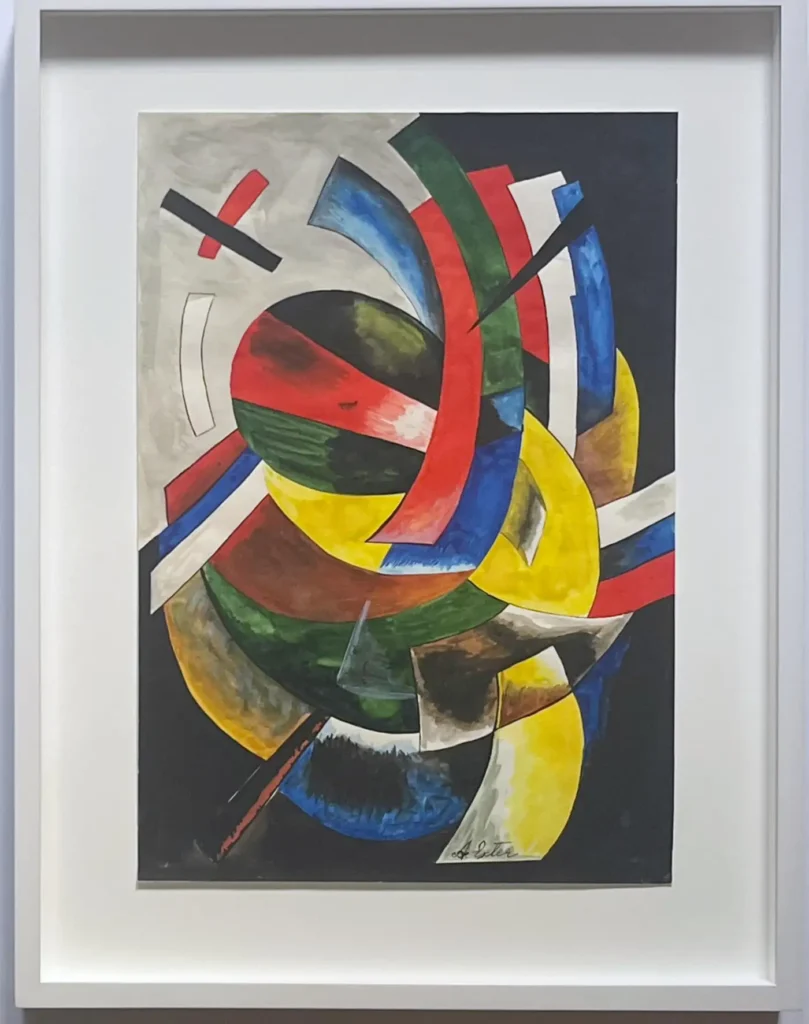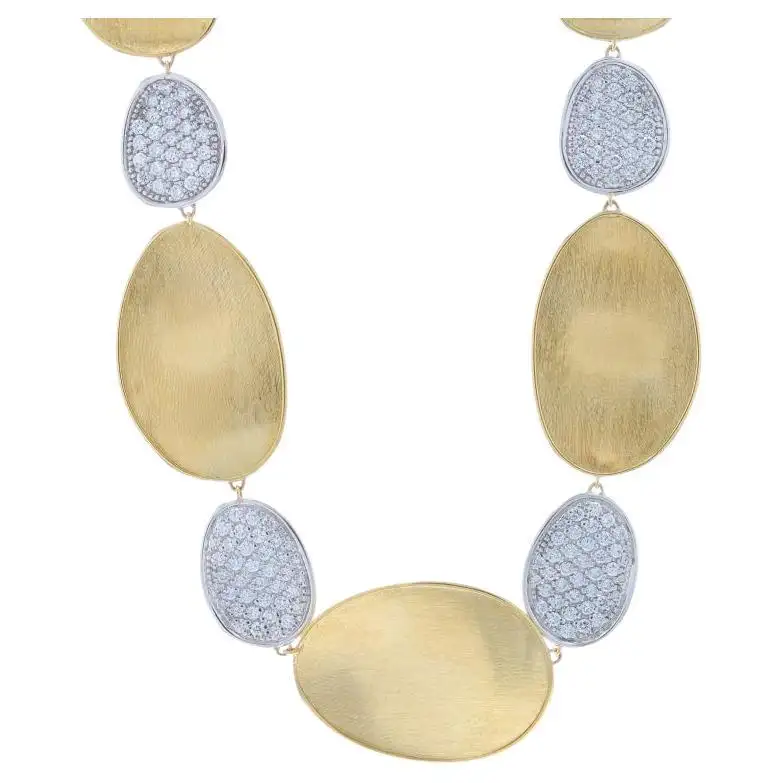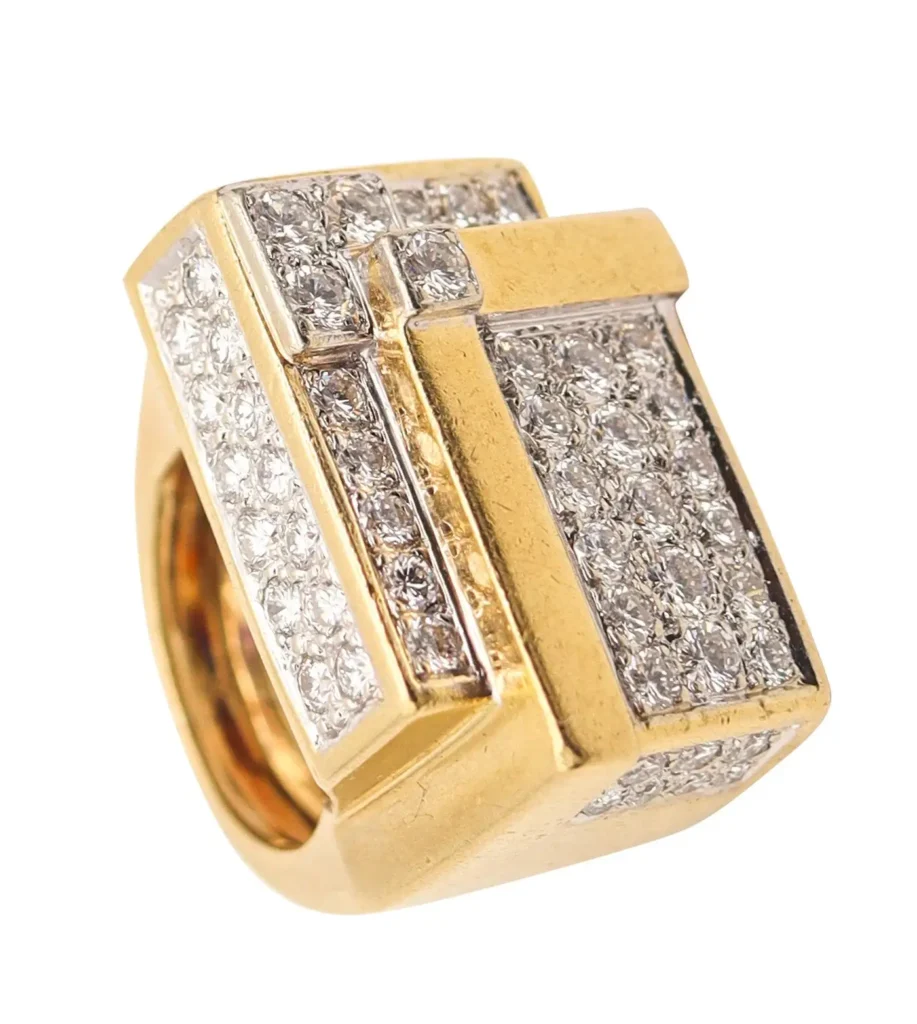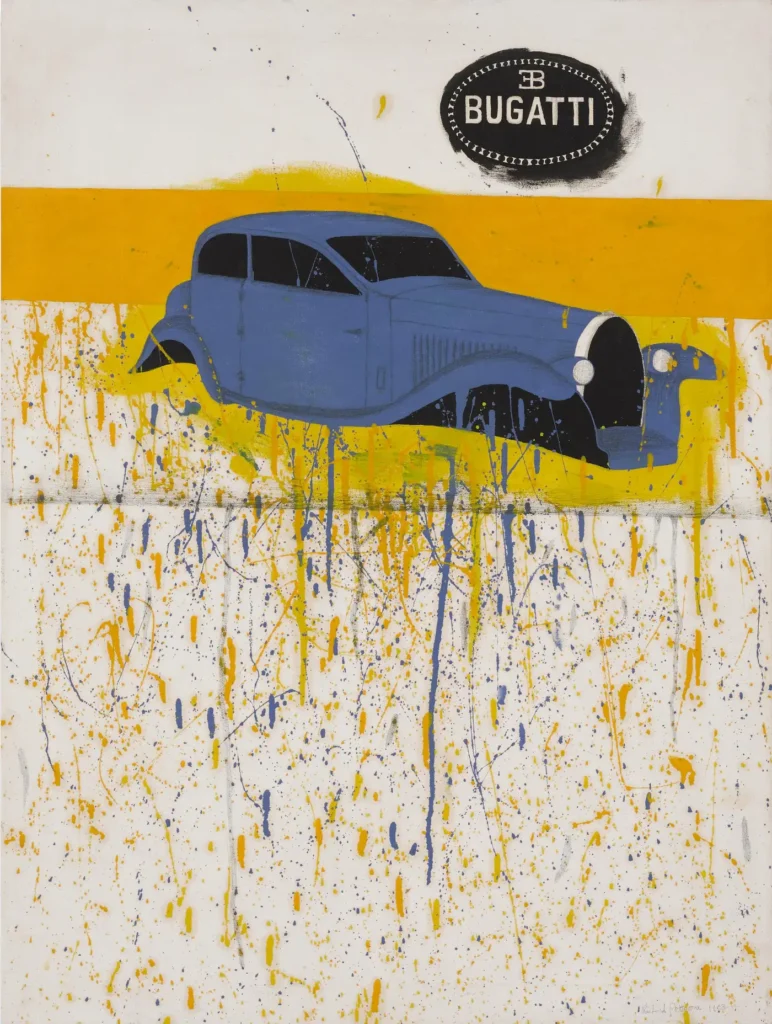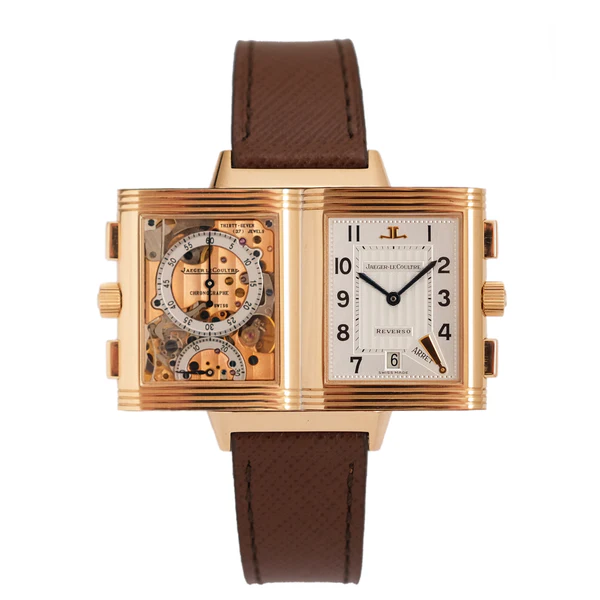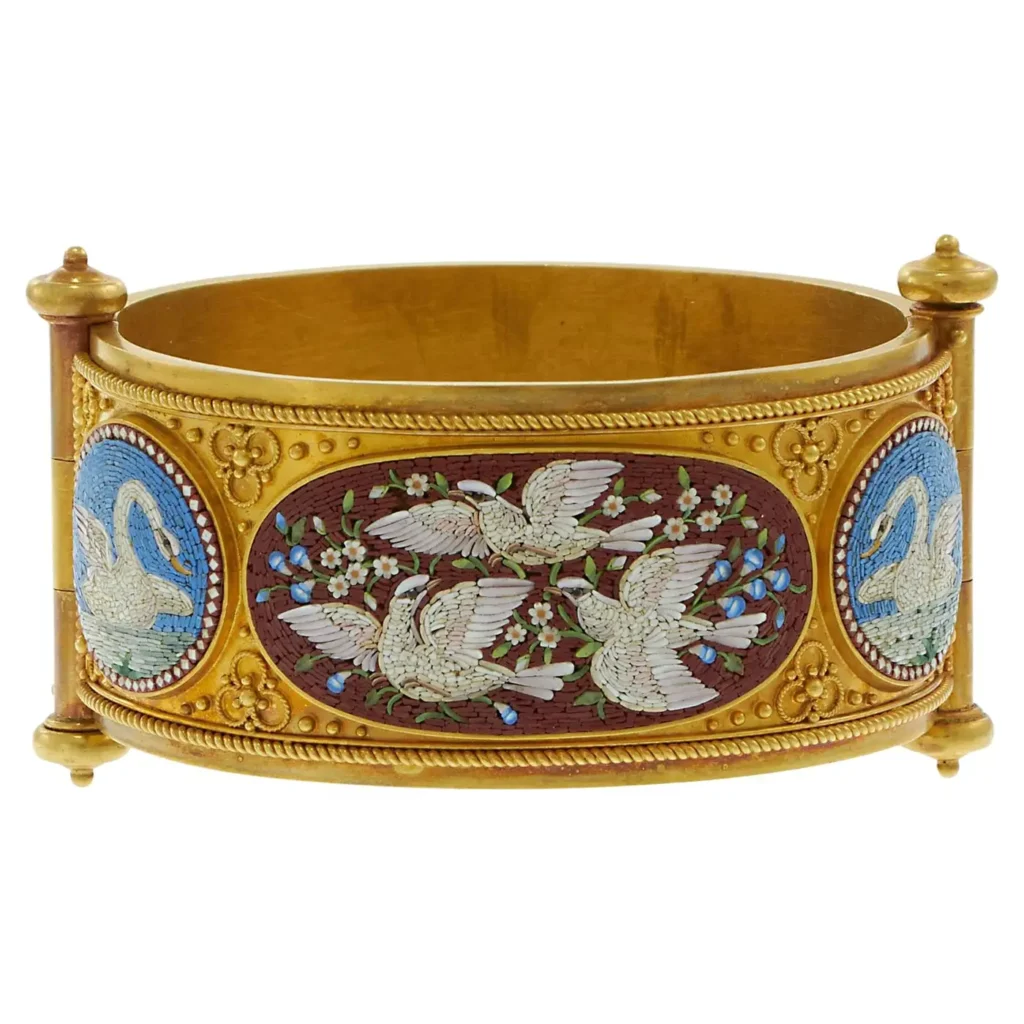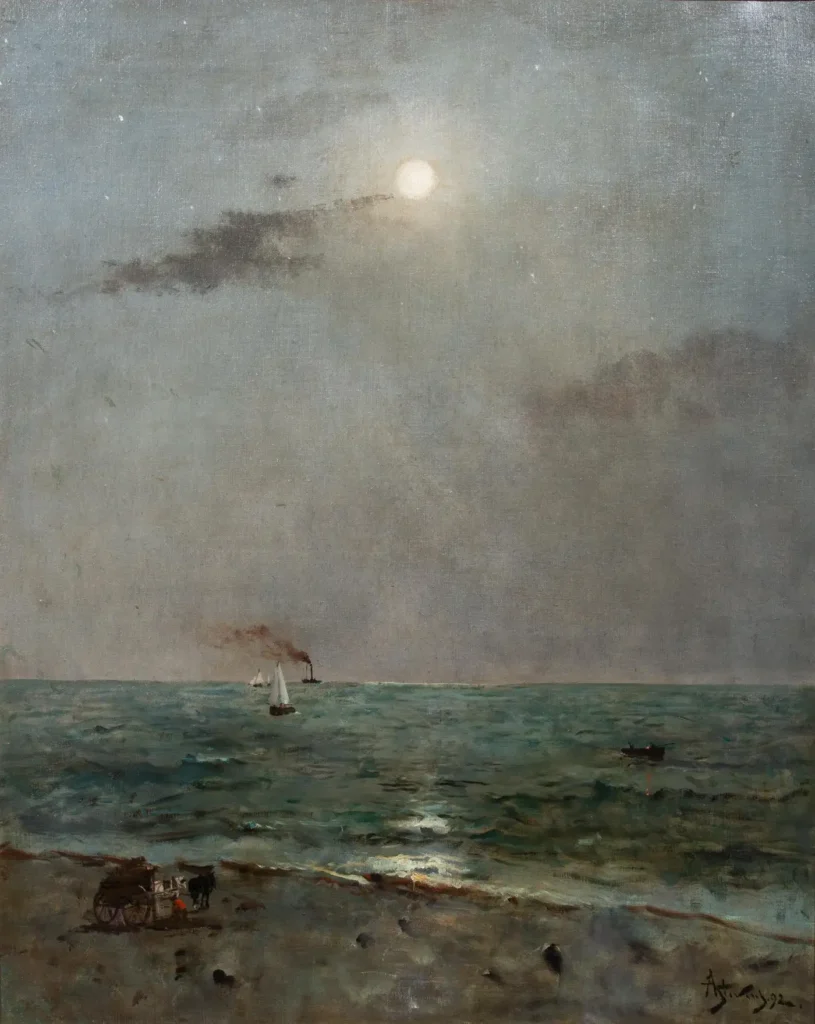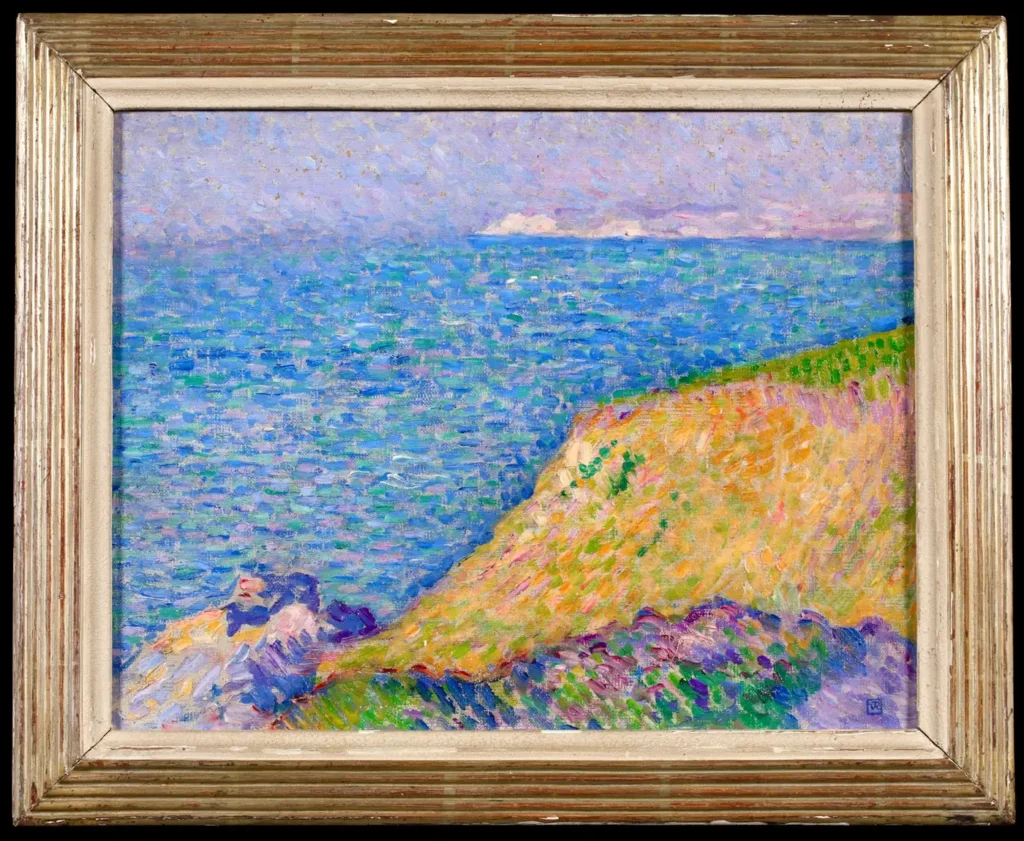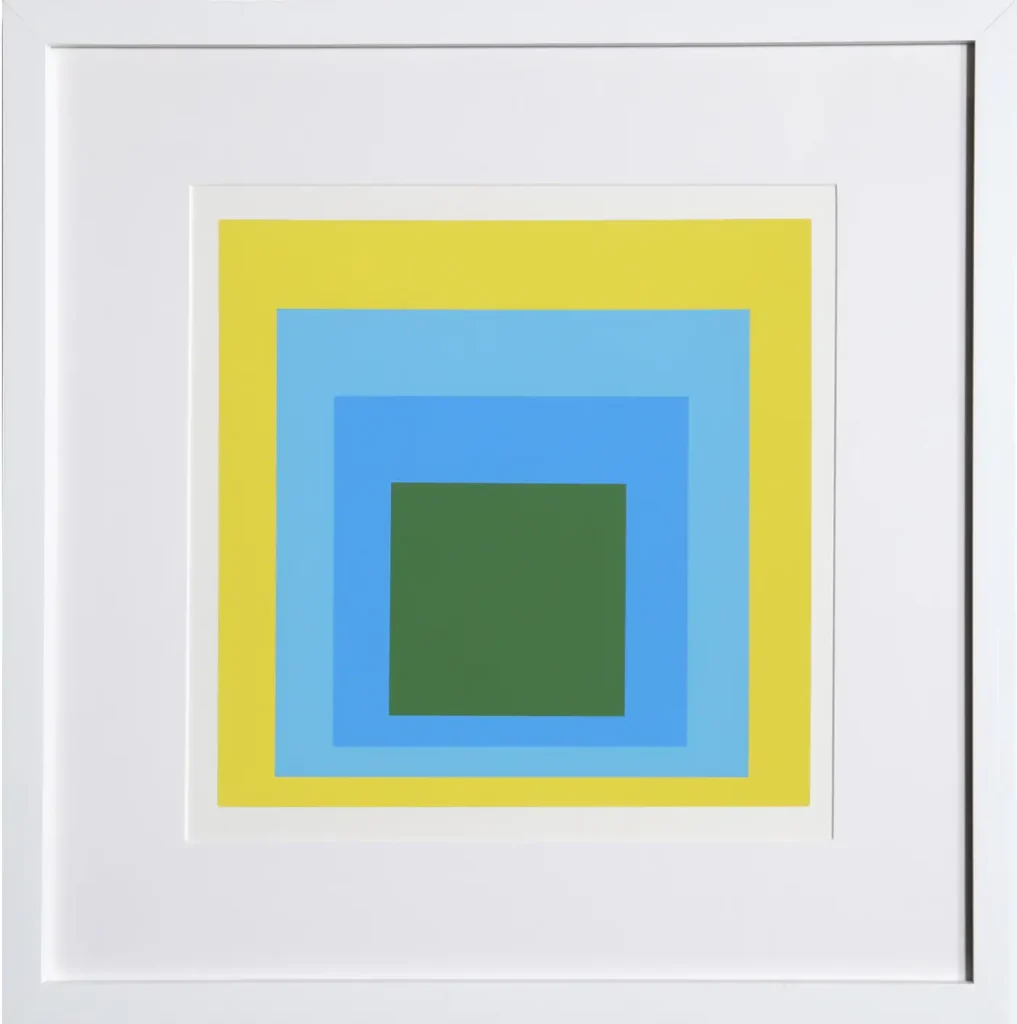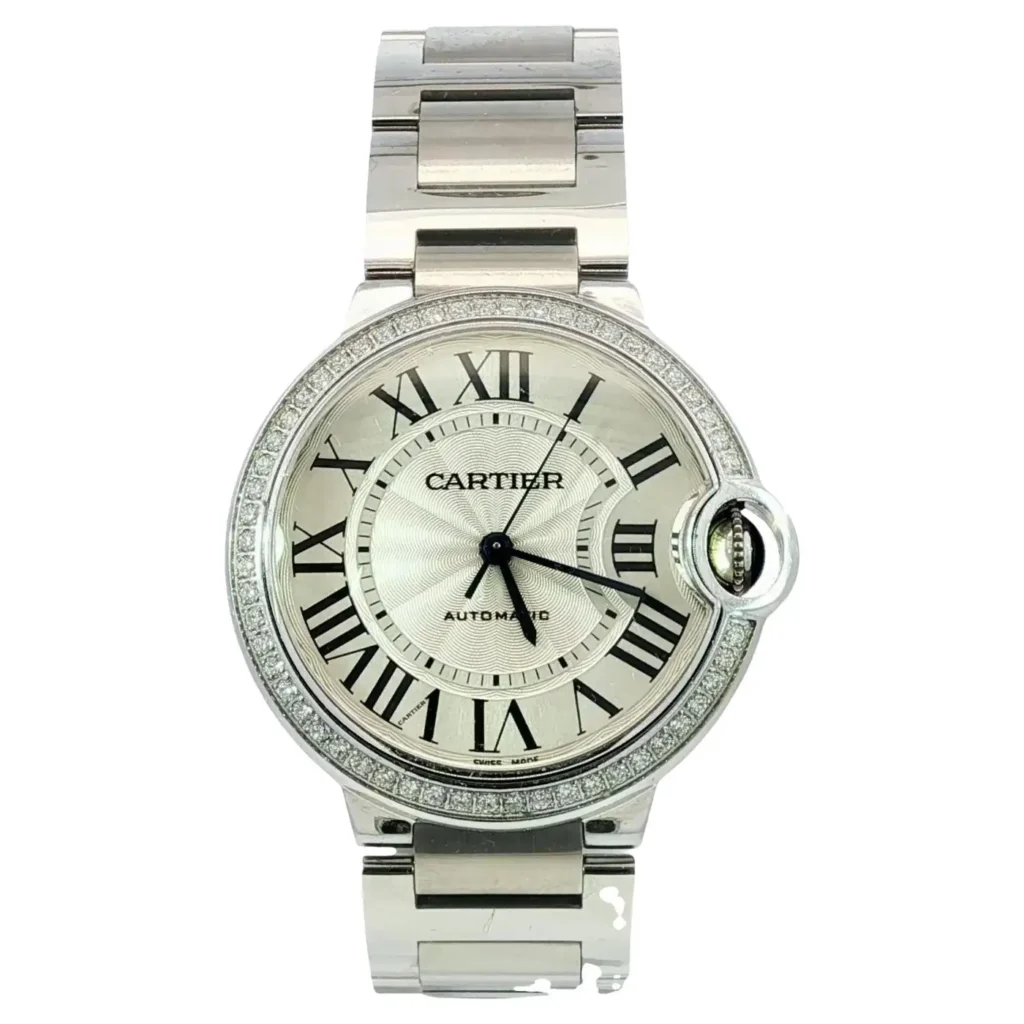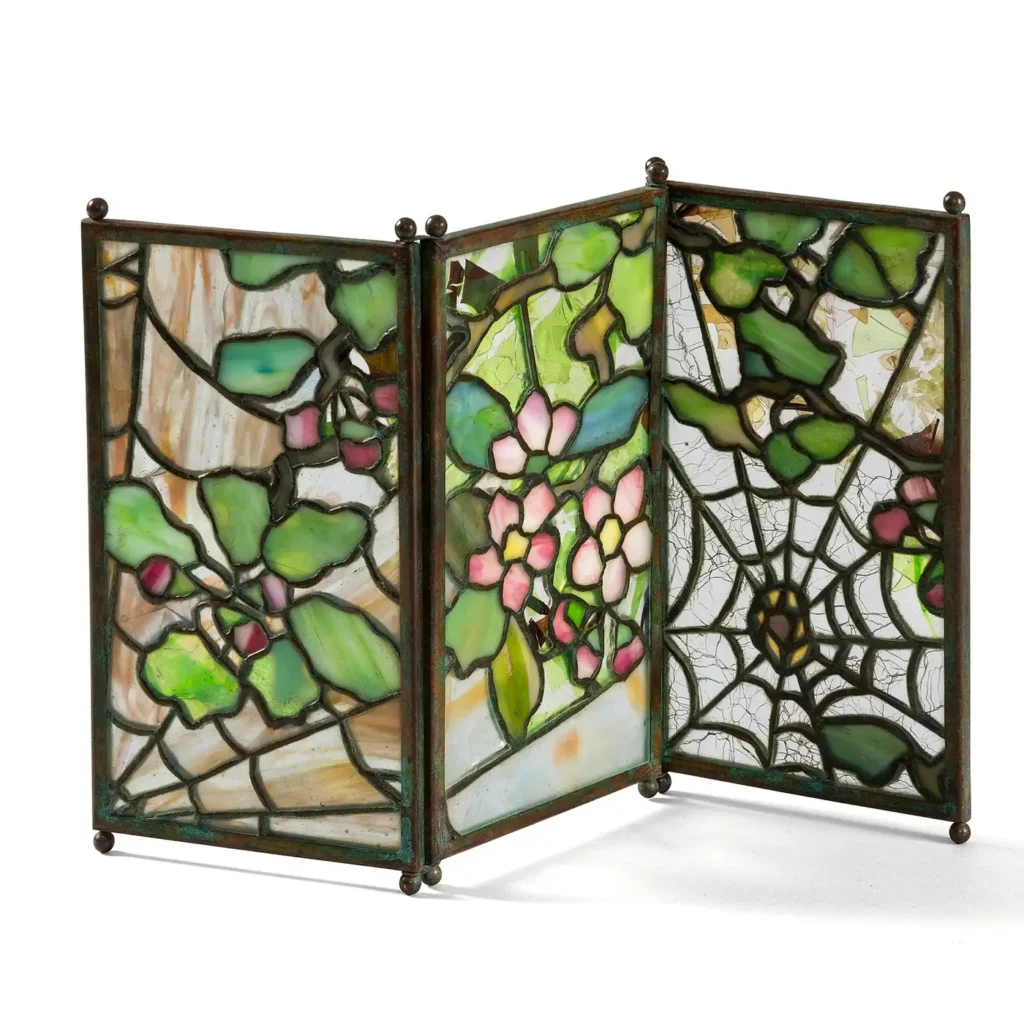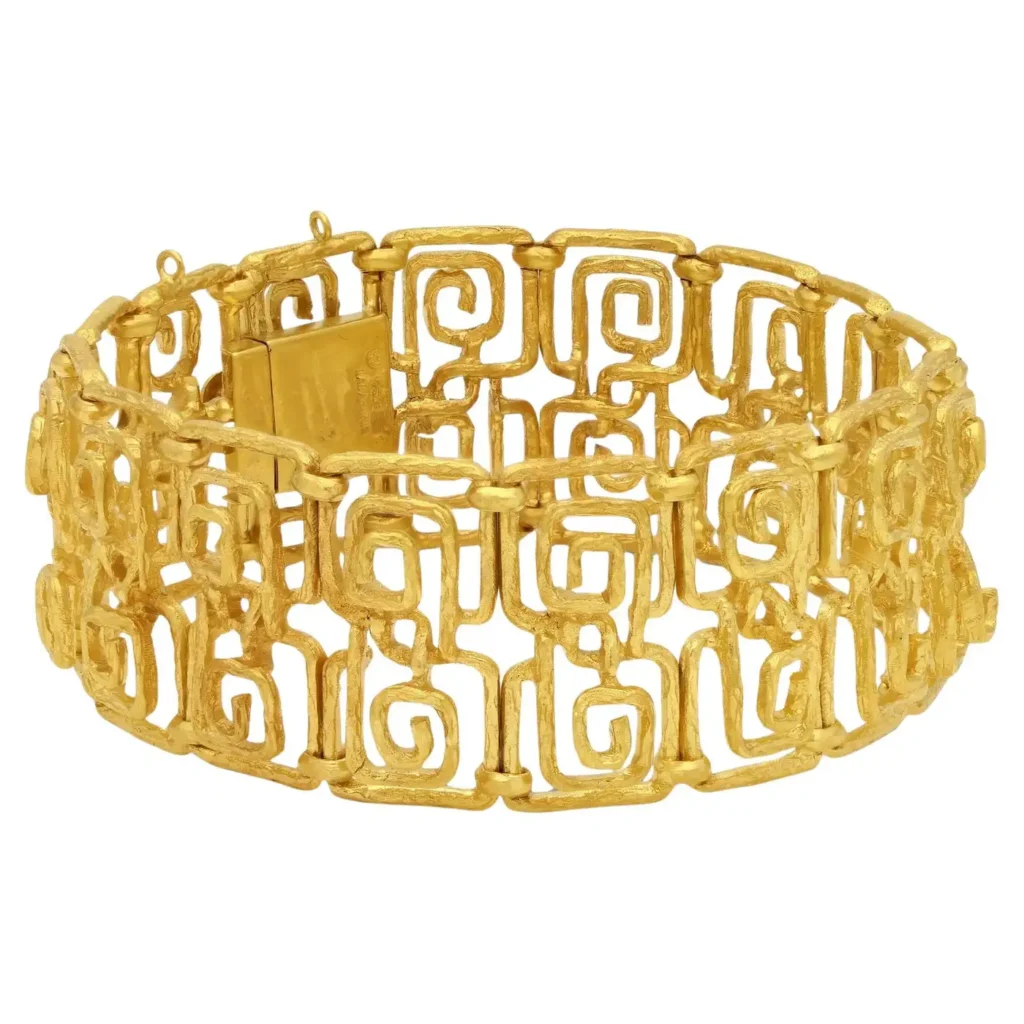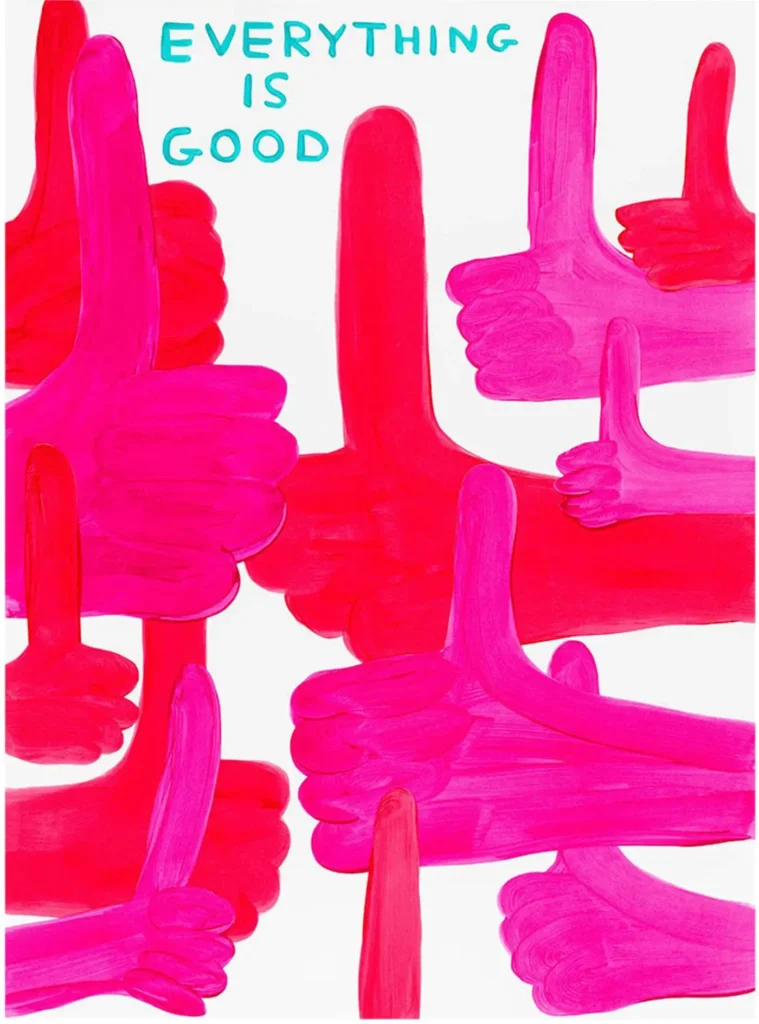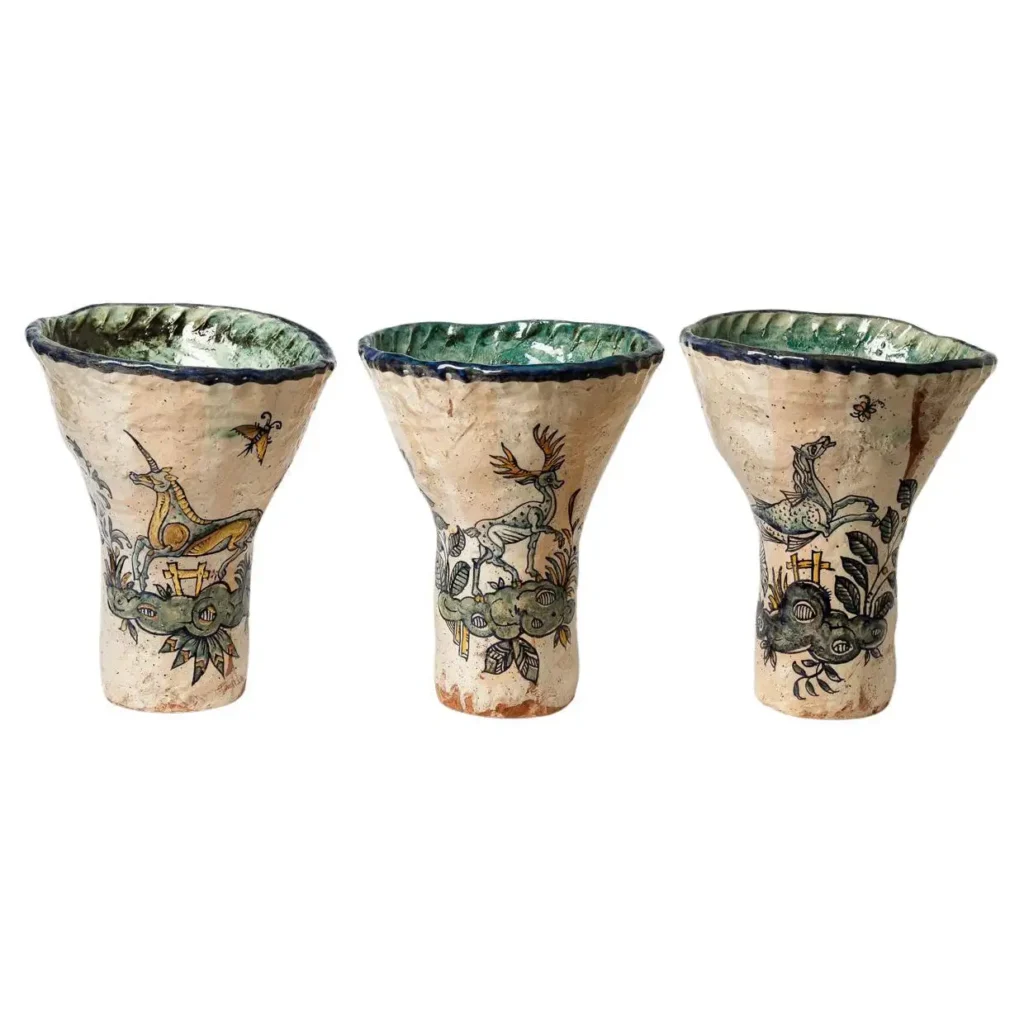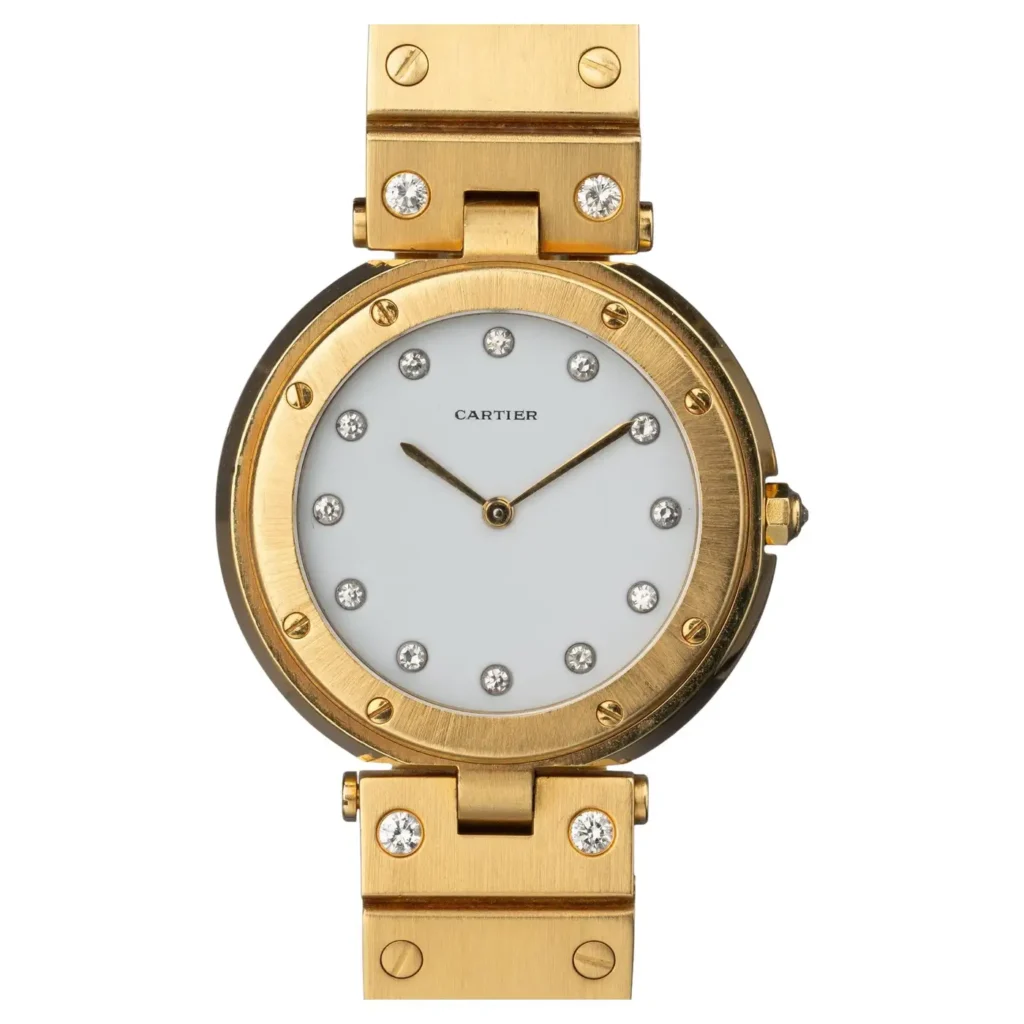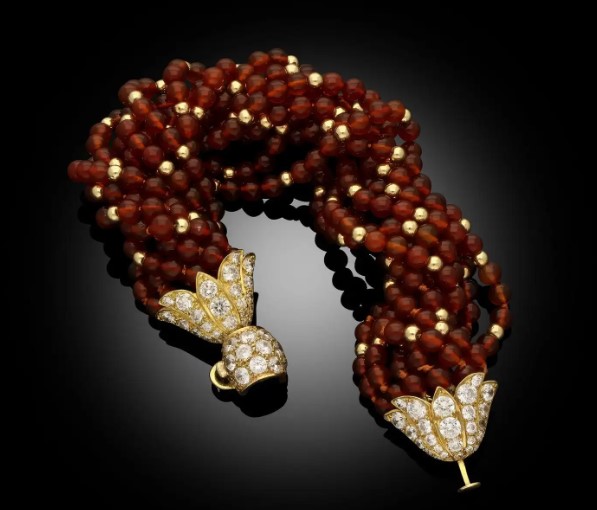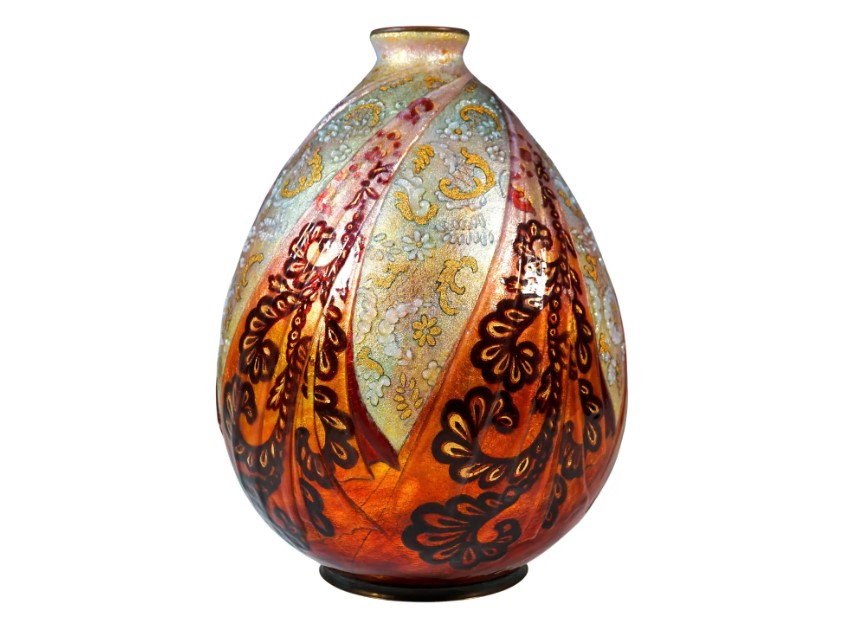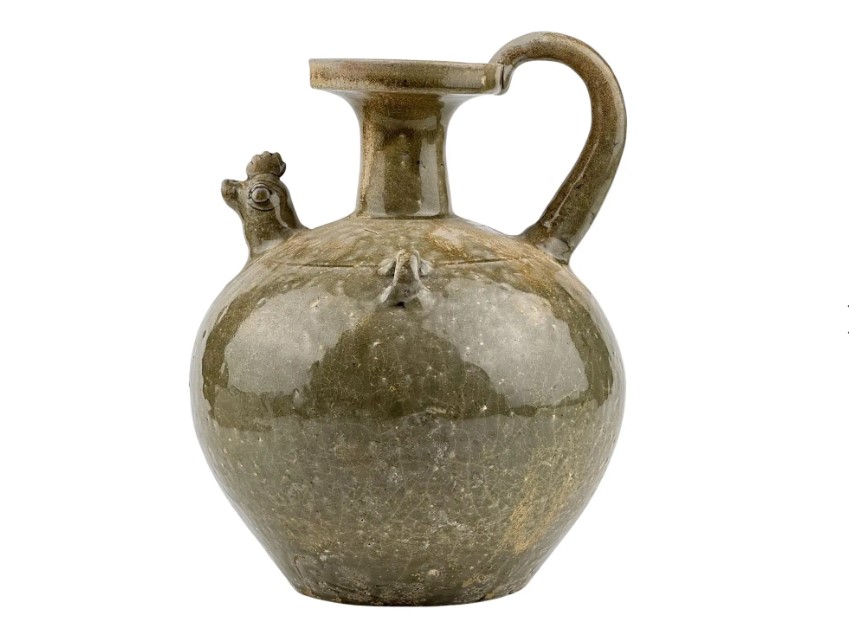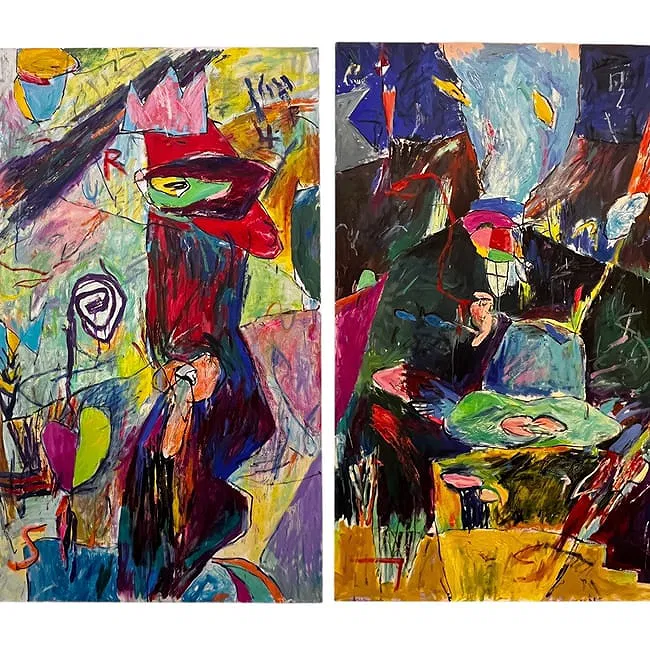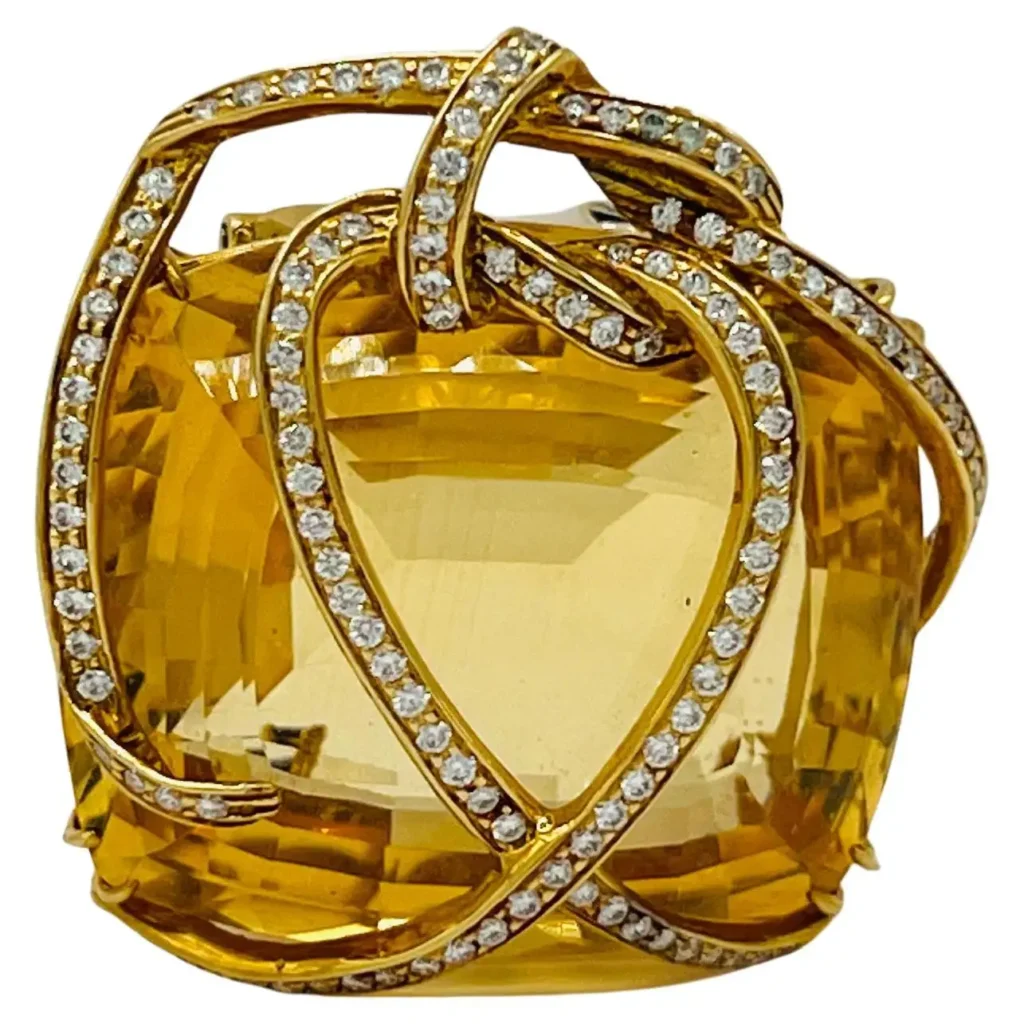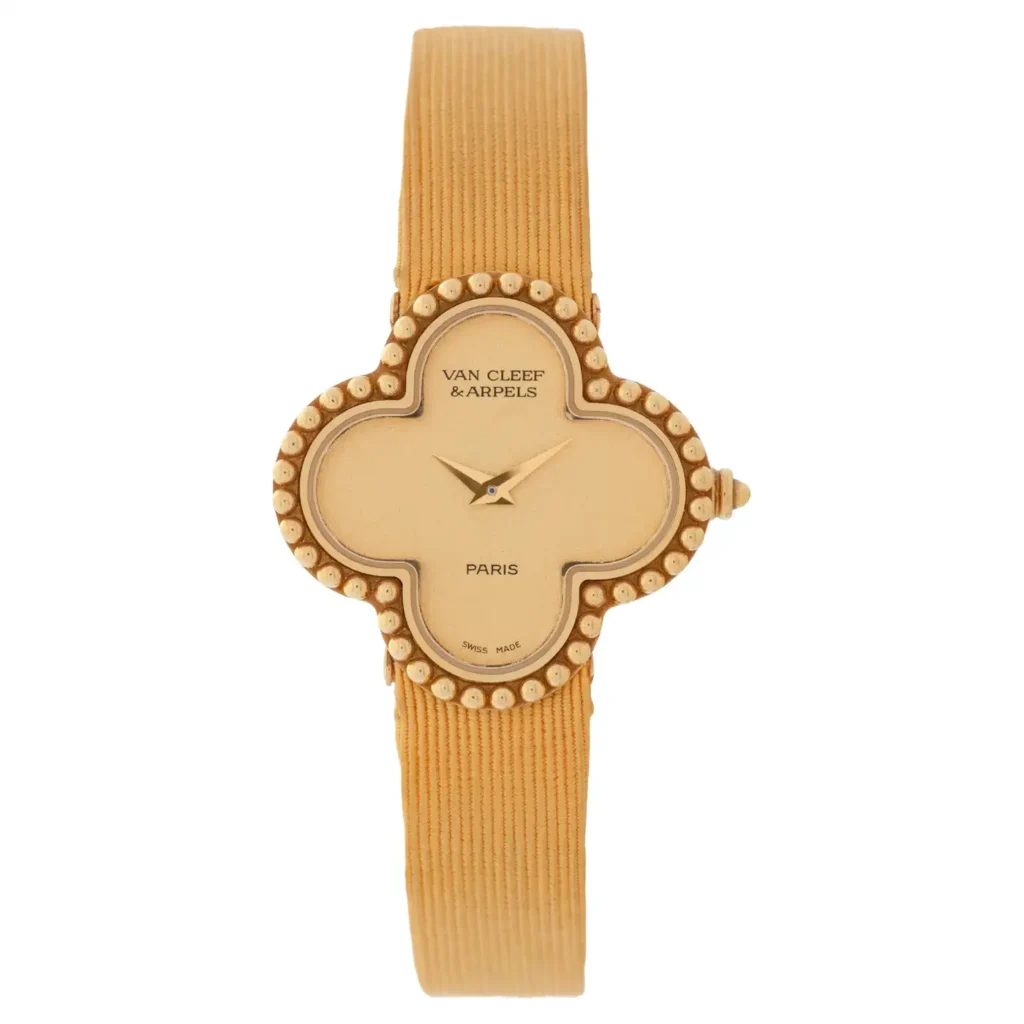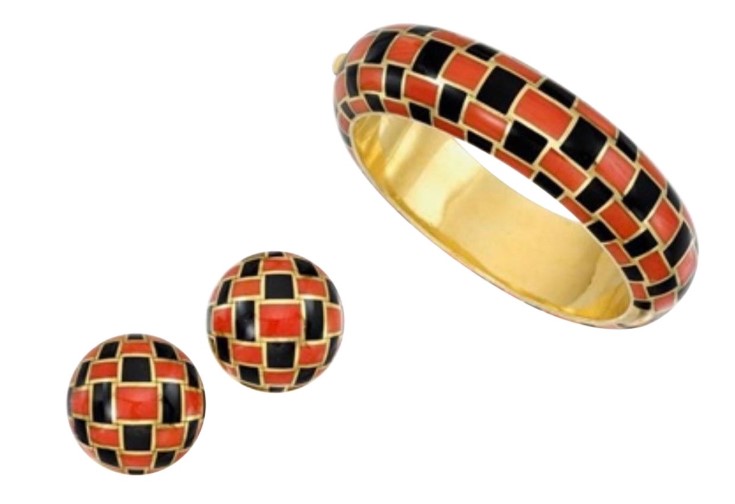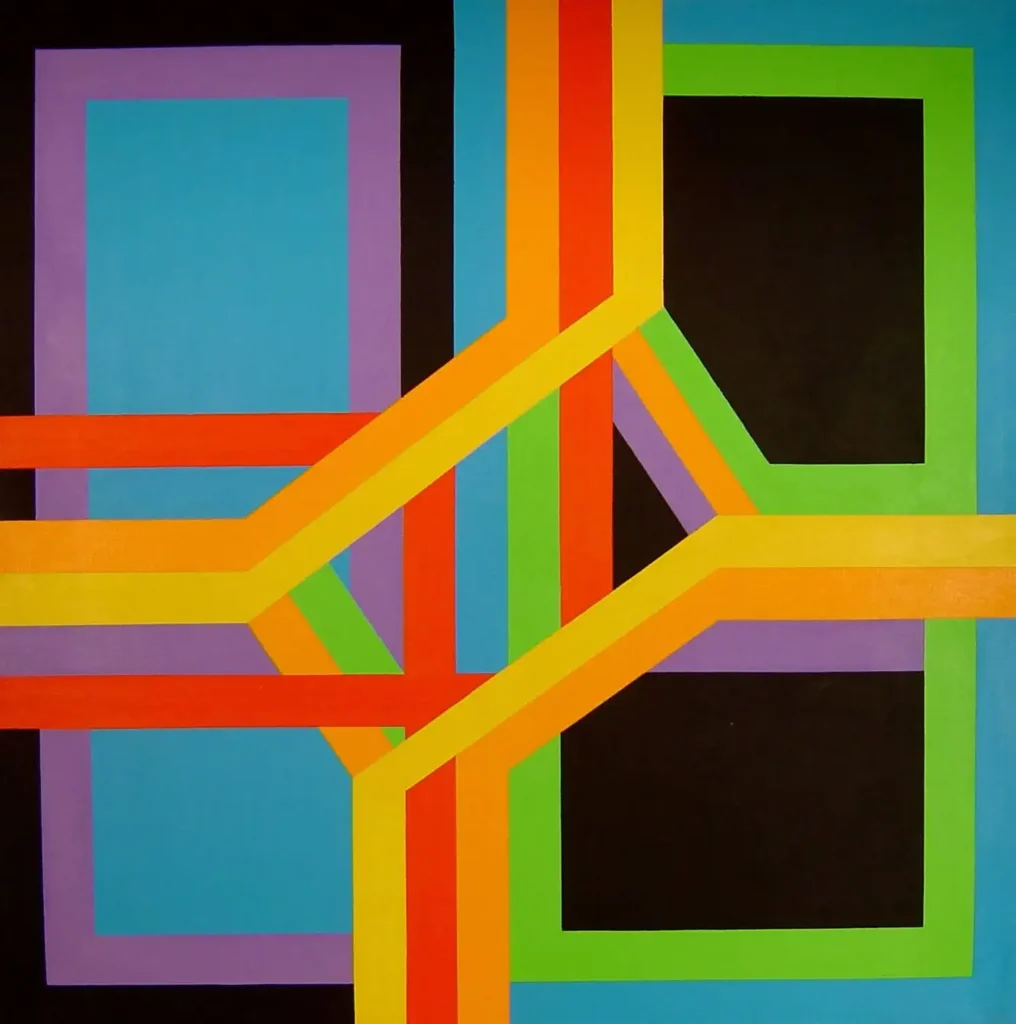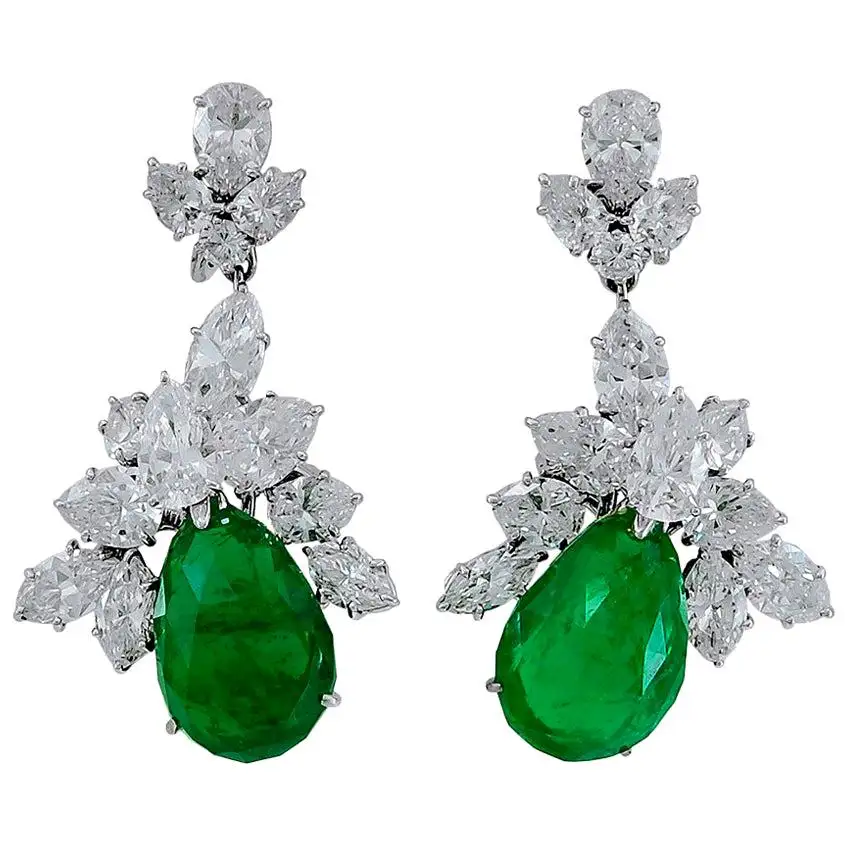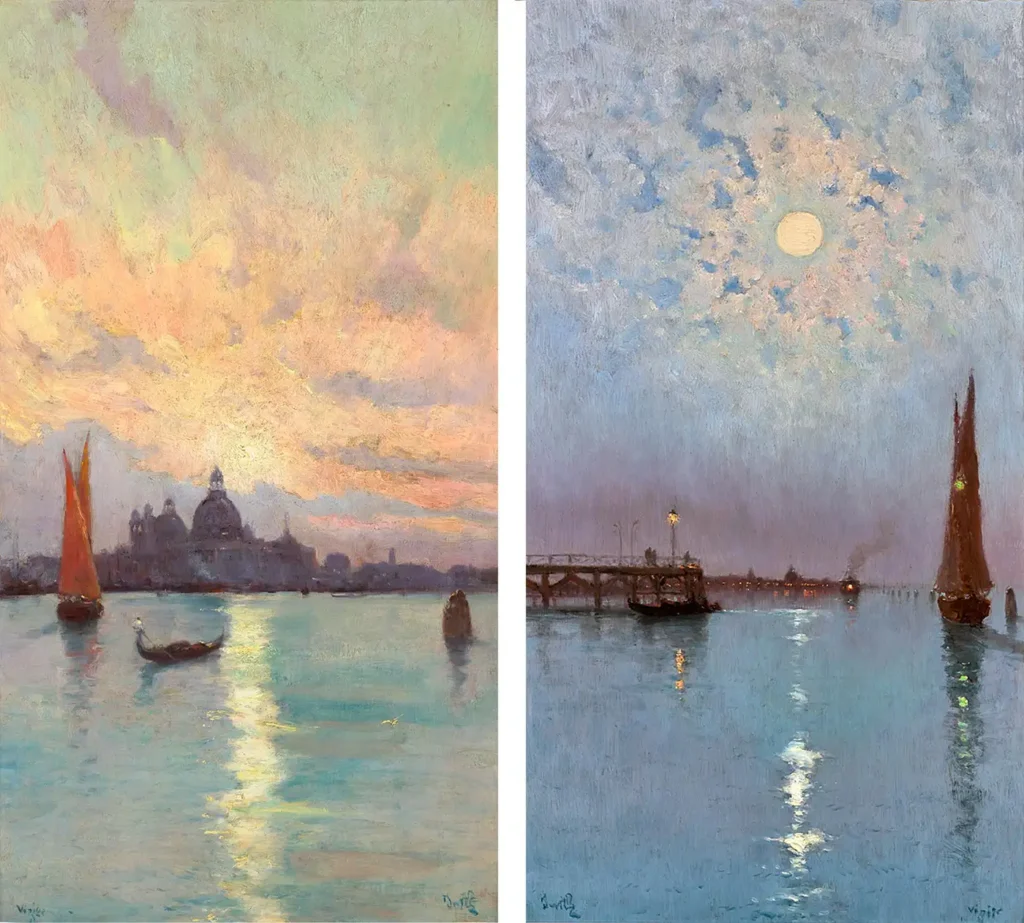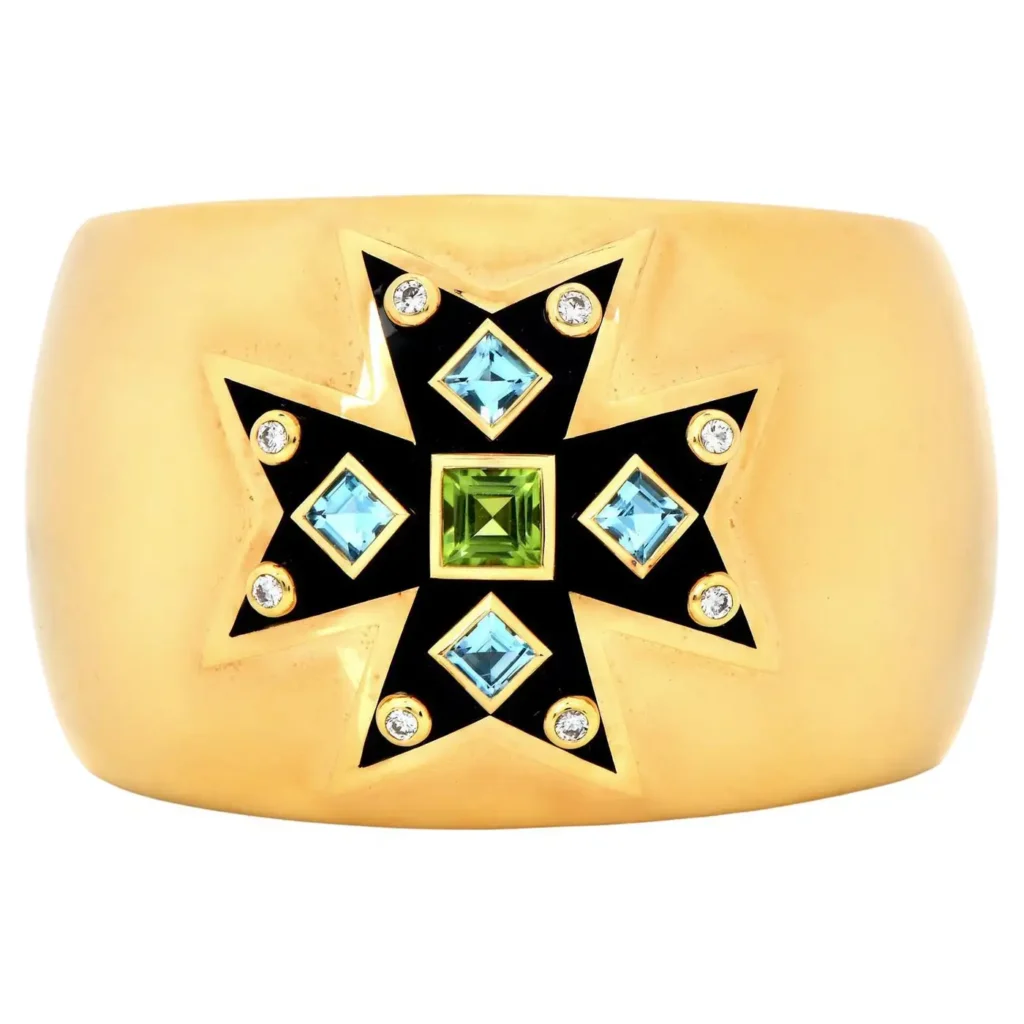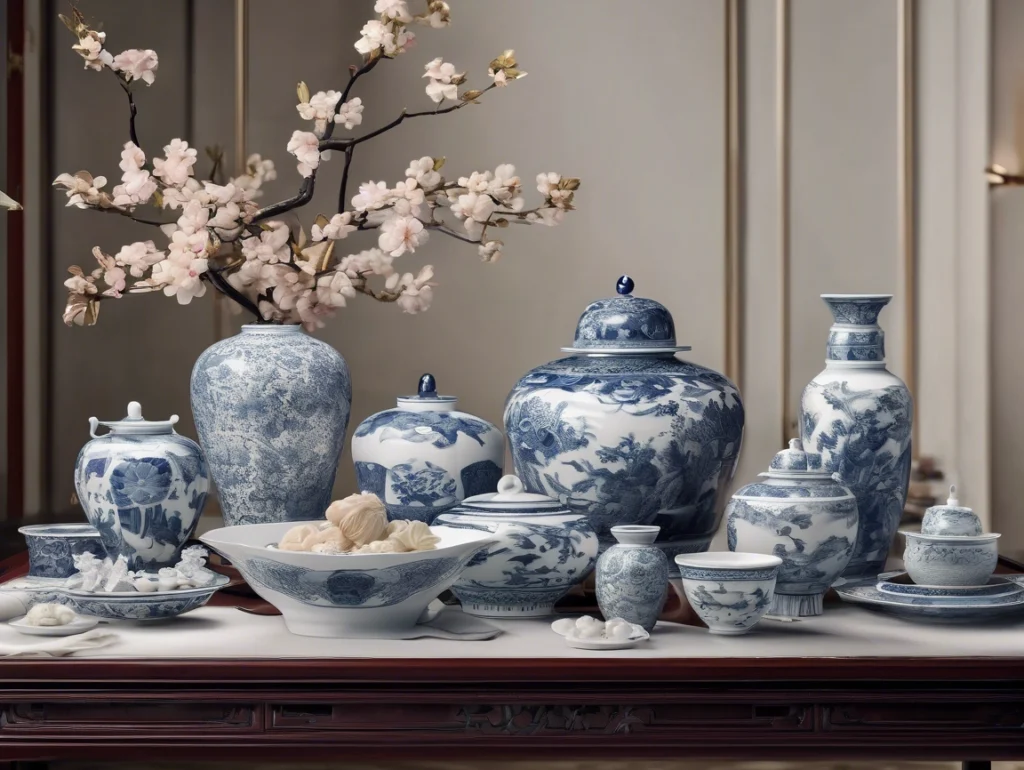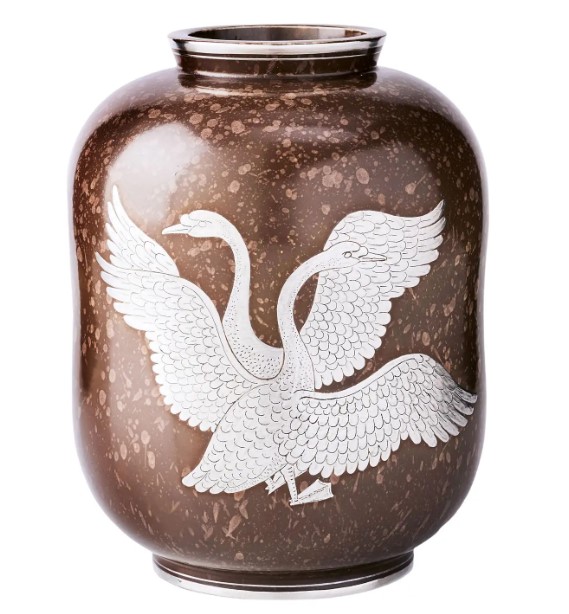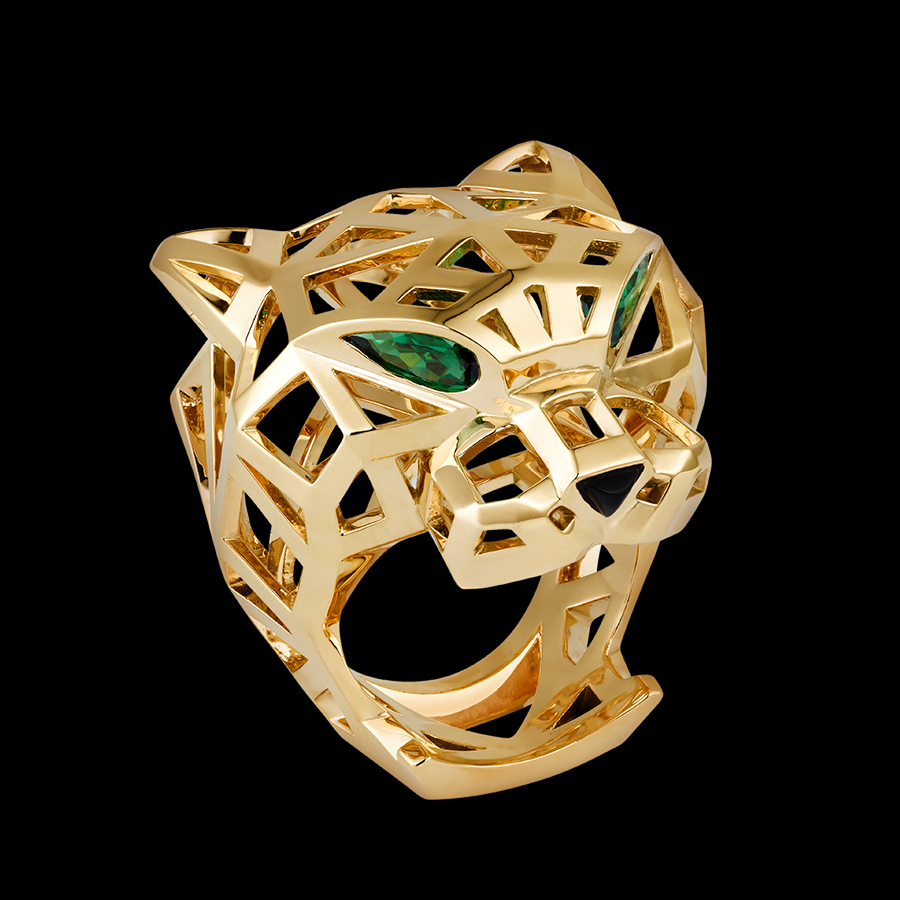Fine Art
Joan Miro
SHARE
Artist Joan Miro was one of the most celebrated painters of the 20th century. Born in Barcelona, Spain in 1893, he was a unique voice in the visual arts and created a vast body of work that is still celebrated today. Known for his colorful and whimsical paintings, Miro was a master of abstraction and his works evoke a sense of playfulness and joy.
Miro’s journey as an artist began when he enrolled in the art academy of Barcelona at the age of 14. By 1915, he had moved to Paris to be part of the burgeoning artistic community of the time. It was during this time that he was exposed to the works of other great artists such as Picasso, who would have a lasting influence on his style.
After experimenting with various styles and techniques, Miro found his voice in the 1920s and began to create a series of works that would become his trademark style. These pieces were simplistic in form and used bold colors, shapes, and symbols to convey complex ideas. His sculptures, paintings, and works on paper often depicted creatures that were both fantastical and surreal.
One of Miro’s most important works, The Farm, was painted in 1921. This large canvass, now a part of the Museum of Modern Art’s collection in New York, depicts a scene of the artist’s family farm with various organic forms and simple shapes overlapping each other. This piece was a significant turning point for the artist and is often referred to as the key work in his artistic development.
In the years that followed, Miro’s work continued to evolve, but the foundation of his style remained the same. His works were always playful and childlike, but they also carried a deeper meaning. Miro often used his art to express the turmoil of the times, whether it was the Spanish Civil War or the rise of fascism in Europe.
Despite his success, Miro remained humble and dedicated to his art until his death in 1983. His work continues to inspire artists and art lovers around the world and has been displayed in many prestigious museums such as the Reina Sofia National Museum in Spain, the Tate Modern in London, and the Museum of Modern Art in New York City.
Joan Miro’s art has always been accessible and democratic, creating a unique visual language that speaks to people from all walks of life. His works are a testament to the power of art to evoke joy, wonder, and a sense of shared humanity. His legacy continues to inspire young artists today and will remain an essential part of the art world for generations to come.
Miro’s journey as an artist began when he enrolled in the art academy of Barcelona at the age of 14. By 1915, he had moved to Paris to be part of the burgeoning artistic community of the time. It was during this time that he was exposed to the works of other great artists such as Picasso, who would have a lasting influence on his style.
After experimenting with various styles and techniques, Miro found his voice in the 1920s and began to create a series of works that would become his trademark style. These pieces were simplistic in form and used bold colors, shapes, and symbols to convey complex ideas. His sculptures, paintings, and works on paper often depicted creatures that were both fantastical and surreal.
One of Miro’s most important works, The Farm, was painted in 1921. This large canvass, now a part of the Museum of Modern Art’s collection in New York, depicts a scene of the artist’s family farm with various organic forms and simple shapes overlapping each other. This piece was a significant turning point for the artist and is often referred to as the key work in his artistic development.
In the years that followed, Miro’s work continued to evolve, but the foundation of his style remained the same. His works were always playful and childlike, but they also carried a deeper meaning. Miro often used his art to express the turmoil of the times, whether it was the Spanish Civil War or the rise of fascism in Europe.
Despite his success, Miro remained humble and dedicated to his art until his death in 1983. His work continues to inspire artists and art lovers around the world and has been displayed in many prestigious museums such as the Reina Sofia National Museum in Spain, the Tate Modern in London, and the Museum of Modern Art in New York City.
Joan Miro’s art has always been accessible and democratic, creating a unique visual language that speaks to people from all walks of life. His works are a testament to the power of art to evoke joy, wonder, and a sense of shared humanity. His legacy continues to inspire young artists today and will remain an essential part of the art world for generations to come.
